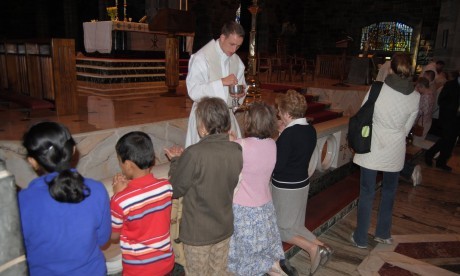I entered the seminary in Dublin in October 1962, just one week before the opening of the Second Vatican Council. The winter of 1962-63 was one of the bleakest in decades, and our seminary was a very cold place in more ways than one. My memory of the seminary is of a building and a routine, a discipline and a way of life that seemed to have been like that for decades. Even to someone who was not a revolutionary, it all seemed very out of touch with the world from which I had just come, and in which my friends were thriving. But one was not supposed to think that way. Things were to be done as they had always been done. The Catholic Church was unchanging, but that was about to change.
For decades Ireland was looked on as one of the world’s most deeply and stably Catholic countries. Today Ireland finds itself, along with other parts of Europe, being classified as “post-Catholic.” Everyone has his or her own definition of the term. You can fully define post-Catholic only in terms of the Catholicism that has been displaced. Irish Catholicism has its own unique history and culture. Renewal in the Irish church will not come from imported plans and programs; it must be home-grown.
Ireland does, of course, share the same currents of secularization with other countries of the Western world and thus shares many of the same challenges. There are specific challenges within Europe; there are specific challenges common to the English-speaking world. Yet the fact that Ireland is an English-speaking country does not mean it can be put into the same category as the United States and Great Britain. Continue reading
Sources
- America
- Image: Orbis Catholicus Secundus
Additional reading
News category: Features.




